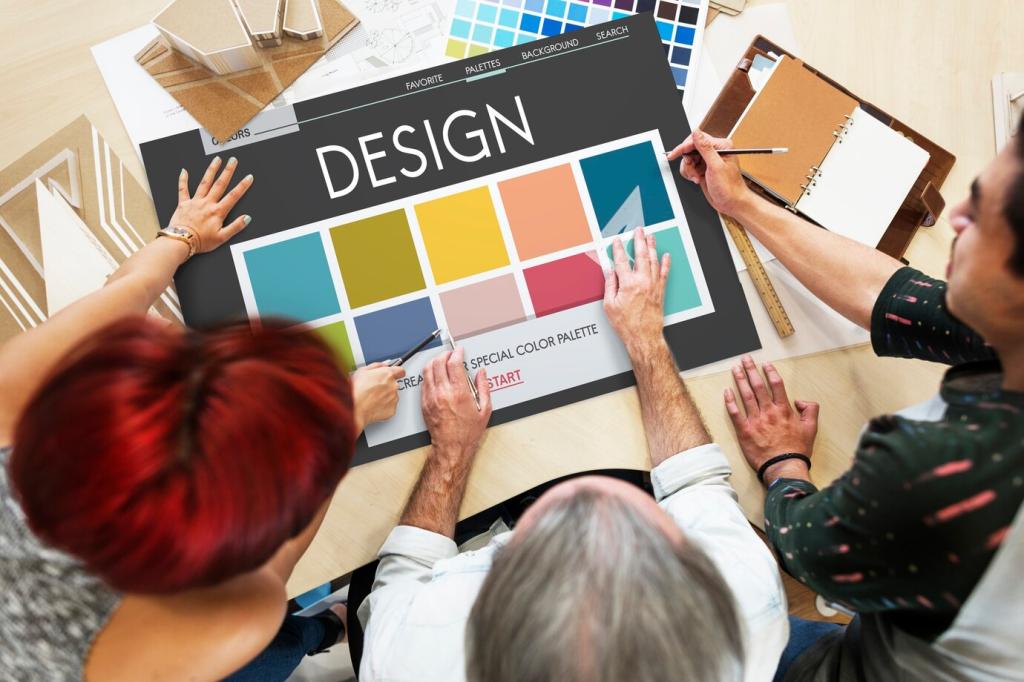Headline Alchemy: From Features to Transformative Outcomes
Replace feature lists with outcomes clients can feel. Not space planning—morning routines that run smoother. Not color consultation—light-filled rooms that lift energy. Use verbs that paint the after picture and invite readers to imagine daily life improved by your design decisions.
Headline Alchemy: From Features to Transformative Outcomes
Add details that sound real: a 12-week refresh, a 1,200-square-foot condo, a phased budget tracked weekly. Numbers, timelines, and constraints signal professionalism. Consider weaving in mini metrics from past projects to provide reassuring proof without overwhelming the reader with technicalities.









